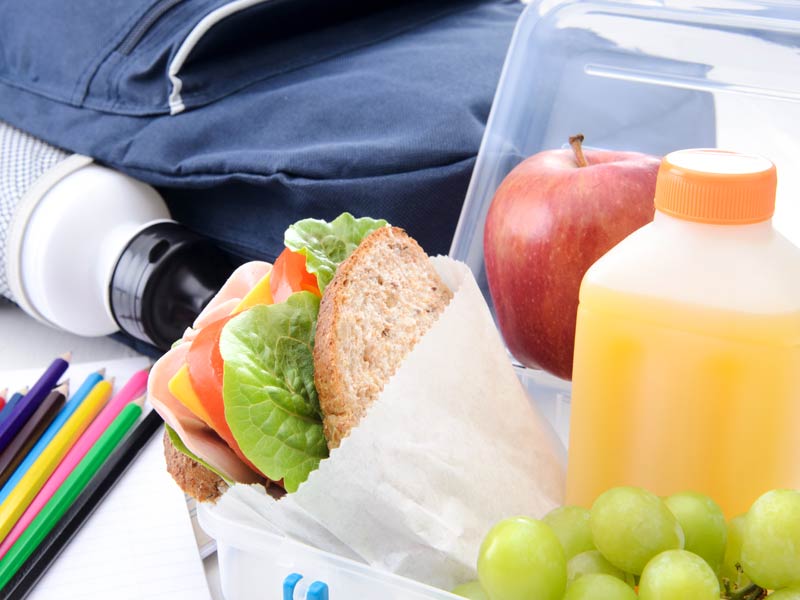Kids may forget their pencil cases, their homework, or even to comb their hair before they leave for school, but they’ll never forget their precious lunch boxes.
Lunch boxes come in all shapes, sizes and colors. They can be plain or decorated with their favorite character, like Barney, Spiderman, or Barbie. Most importantly, they contain the love mommy has poured into the food she prepared and placed inside.
When the bell rings for recess, the magic moment occurs. Kids bolt out of their classrooms and anxiously open their lunch boxes to discover what treasures await inside. They spend little time contemplating the contents. Almost instantly, they dive in with enthusiasm. 
Packed with love and nutrition
Mothers should use lunch boxes to reinforce the healthy eating lessons given at home.
"The message children get at home should be the same message they get from their lunchboxes," says Eleazar Lara-Pantin, a doctor specializing in nutrition at MyDiet™.
For kids to take that positive message from home to school, pack them a well-balanced and varied lunch with foods they like and that give them the energy they need to do well in school. "A good lunchbox should contain all the basic food groups, such as cereals, dairy products, vegetables, fruit, and meat," explains MyDiet™ nutritionist Ana Maria de González.
Concerned about the cafeteria?
If children eat at the school cafeteria, make sure the food meets the essential requirements for a healthy meal. "The school cafeteria is an extension of the family dinner table," Lara-Pantin says. In the long run, the good habits children develop at home and at school will ensure they develop properly and avoid health problems in the future.
Lara-Pantin points out that the parents’ participation and feedback about the food in school associations and activities helps ensure that their children are well fed at school. Parents should also check out the school cafeteria to find out what their children are eating.
If you visit your child’s school, check the following.
Does the school…
- implement a healthy meal plan designed for children?
- have high food-safety standards?
- have a cafeteria that includes nutrition education, contributing to the children’s overall education?
- teach good eating and hygiene habits, and table manners?
- provide a stress-free environment for the children during mealtimes?
- meet your child’s specific needs, such as administering medication at specific times or providing special foods for prescribed or culturally specific diets?
Influenced by friends
Guide your children toward establishing healthy eating habits, and remember that their friends and classmates influence their behavior.
According to González, parents should pay close attention to their children’s social environment and make their home is a model for other children.
She stresses that children need to discover the freshness of salads, vegetables, and delicious fruits. They need to learn the importance of drinking water and milk. Above all, they need to learn to eat with discipline and enjoy a variety of foods without eating to excess.
You don’t have to completely remove soft drinks and candy from their diets. They can enjoy all types of food, in moderation.
If children learn at home how to eat according to sound healthy principles, and be active, they’ll take those lessons with them wherever they go, especially school.
*From the MyDiet™ Editorial Team

